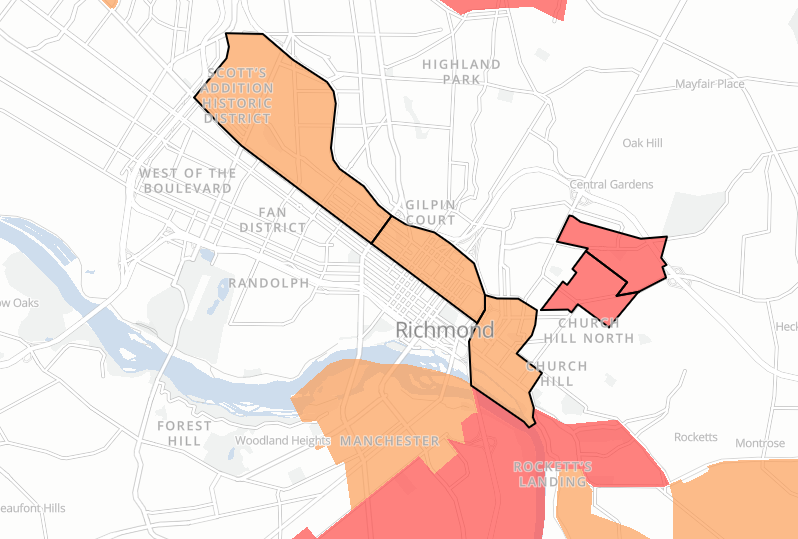Can we peek behind the curtain to measure the impact of Opportunity Zone investments?
260 Words
We know the algorithms are working, humming along as the backdrop to our lives. We know that our smartphones can anticipate what deodorant we might want to buy based on what we bought last week from Amazon. But what about the housing and community development industry? What big data is informing our industry, and what does it mean?
Mastercard—yes, that Mastercard—recently created an Inclusive Growth Score to identify sites for Opportunity Zone investment, and to evaluate said investment’s outcomes. Using “proprietary and open-source” Mastercard data, this score alleges to show “economic growth trends and depressions.” Looking at ATM, prepaid, credit and debit “payment patterns” among other indicators, Mastercard claims to provide insights as to the creation of equitable, inclusive economic growth. Take a look at the three pillars used to score your neighborhood: Place, Economy, and Community. (Note: you’ll need to make a free account).
If you’re left feeling a little bit violated, don’t worry: the Urban Institute has a new tool for analyzing potential OZ investments to maximize social impact. Instead of mining our credit card data to help OZ investors choose a site, this Opportunity Zone Community Impact Assessment Tool (OZCIAT… very catchy!), has users rank the priorities of the neighborhood in question, then answer a series of questions about their project. The tool generates a score from 0 to 100 based on the priorities the user identified. Very straightforward, and no shady metadata required.
For a look at what economic impact your residential projects might have, check our Sourcebook’s calculators for renovation and new construction economic impact.
